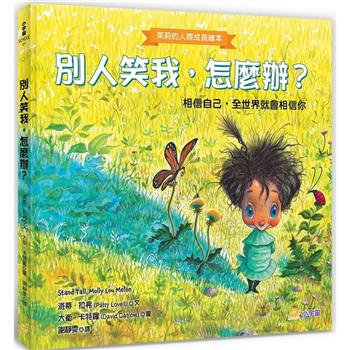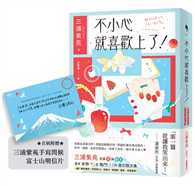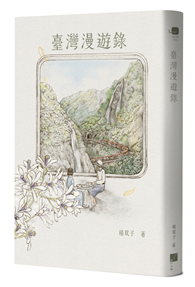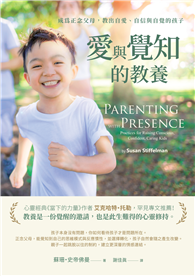In "The Life of Charles Eastman OhiyeS’a: Indian Boyhood & From the Deep Woods to Civilization" (Volume 1 & 2), Charles Eastman unveils the complexities of his dual identity as a Native American and a Western-educated individual. Through an autobiographical lens, Eastman crafts a narrative imbued with rich cultural reflections and poignant insights into the Sioux way of life, juxtaposed against the encroaching forces of modernity. Stylistically, his prose oscillates between lyrical descriptions of nature and candid portrayals of personal struggles, resonating with the oral traditions of Indigenous storytelling while adhering to the conventions of American literary realism. The work serves as not only a personal history but also a critical commentary on the cultural dissonance faced by Native peoples in the late 19th century. Charles Eastman, born in 1858, was a member of the Santee Sioux tribe and became one of the first Native Americans to receive a medical degree from a U.S. university. His experiences growing up in the traditional Sioux culture and later navigating the complexities of Western society fueled his desire to articulate the Indigenous experience. Eastman’s work is vital for understanding the impact of colonization and the struggle for identity, making his insights particularly relevant in a post-colonial context. I highly recommend this compelling two-volume series to readers interested in Indigenous perspectives, biographical narratives, and the intersection of culture and identity. Eastman’s eloquent and thought-provoking reflections illuminate the resilience of Native peoples and provide a unique historical lens that enriches our understanding of America’s cultural tapestry.
| FindBook |
有 1 項符合
The Life of Charles Eastman Ohiyesa: Indian Boyhood & from the Deep Woods to Civilization (Volume 1&2)的圖書 |
 |
The Life of Charles Eastman Ohiyesa: Indian Boyhood & from the Deep Woods to Civilization (Volume 1&2) 作者:Eastman 出版社:Madison & Adams Press 出版日期:2019-10-15 語言:英文 規格:平裝 / 156頁 / 22.91 x 15.19 x 0.84 cm / 普通級/ 初版 |
| 圖書館借閱 |
| 國家圖書館 | 全國圖書書目資訊網 | 國立公共資訊圖書館 | 電子書服務平台 | MetaCat 跨館整合查詢 |
| 臺北市立圖書館 | 新北市立圖書館 | 基隆市公共圖書館 | 桃園市立圖書館 | 新竹縣公共圖書館 |
| 苗栗縣立圖書館 | 臺中市立圖書館 | 彰化縣公共圖書館 | 南投縣文化局 | 雲林縣公共圖書館 |
| 嘉義縣圖書館 | 臺南市立圖書館 | 高雄市立圖書館 | 屏東縣公共圖書館 | 宜蘭縣公共圖書館 |
| 花蓮縣文化局 | 臺東縣文化處 |
|
|
圖書介紹 - 資料來源:博客來 評分:
圖書名稱:The Life of Charles Eastman Ohiyesa: Indian Boyhood & from the Deep Woods to Civilization (Volume 1&2)
|











